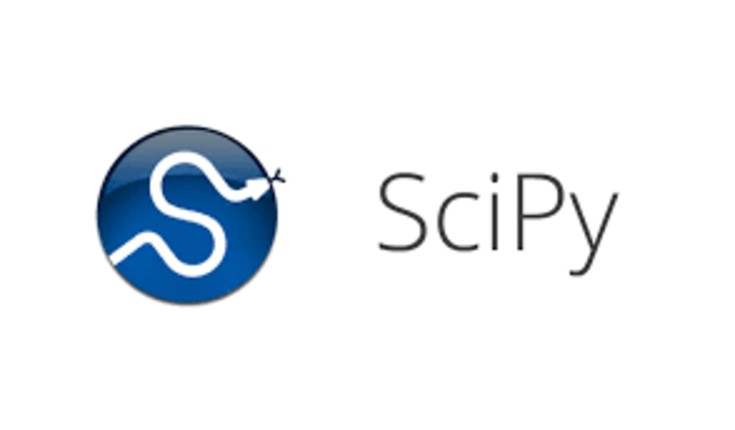
The SciPy Stack with Python course is designed to provide an in-depth understanding of scientific computing and data analysis using Python’s powerful ecosystem of libraries, including NumPy, SciPy, Matplotlib, Pandas, and SymPy. This course equips learners with the skills to handle numerical computations, perform advanced data analysis, visualize results, and solve real-world scientific and engineering problems efficiently. With a blend of theory, hands-on exercises, and real-world projects, participants will develop the ability to apply Python-based tools to tasks such as optimization, signal processing, linear algebra, statistical modeling, and computational simulations. The program is ideal for students, researchers, data scientists, and engineers who want to leverage Python for scientific research, analytics, and problem-solving.
Module 1: Introduction to Scientific Computing with Python Overview of SciPy Stack Setting up Python environment (Anaconda, Jupyter Notebook) Basics of Python programming for scientific computing.
Module 2: NumPy for Numerical Computing Arrays and matrices Array operations and broadcasting Linear algebra with NumPy Performance optimization with vectorization.
Module 3: Pandas for Data Analysis DataFrames and Series Data cleaning and preprocessing Merging, joining, and grouping data Handling missing data.
Module 4: Data Visualization with Matplotlib & Seaborn Line, bar, scatter, and histogram plots Customizing plots and layouts Advanced visualization with Seaborn Interactive plots and dashboards.
Module 5: Scientific Computation with SciPy Numerical integration and differentiation Optimization and root-finding Interpolation and signal processing Statistical functions and distributions.
Module 6: Symbolic Mathematics with SymPy Symbolic computation and algebra Solving equations and calculus operations Simplifying expressions and series expansions.
Module 7: Statistics and Probability with Python Descriptive and inferential statistics Probability distributions and hypothesis testing Correlation and regression analysis.
Module 8: Simulation & Modeling Solving differential equations Monte Carlo simulations Modeling real-world systems in Python.
Module 9: Real-World Projects and Case Studies Data analysis projects using SciPy stack Engineering and scientific computation examples Financial and business modeling applications.
Module 10: Best Practices and Advanced Tools Writing clean, modular, and reusable code Version control with Git & GitHub Performance optimization and debugging Preparing projects for presentation or deployment.
Mobile: 9100348679
Email: coursedivine@gmail.com

You cannot copy content of this page